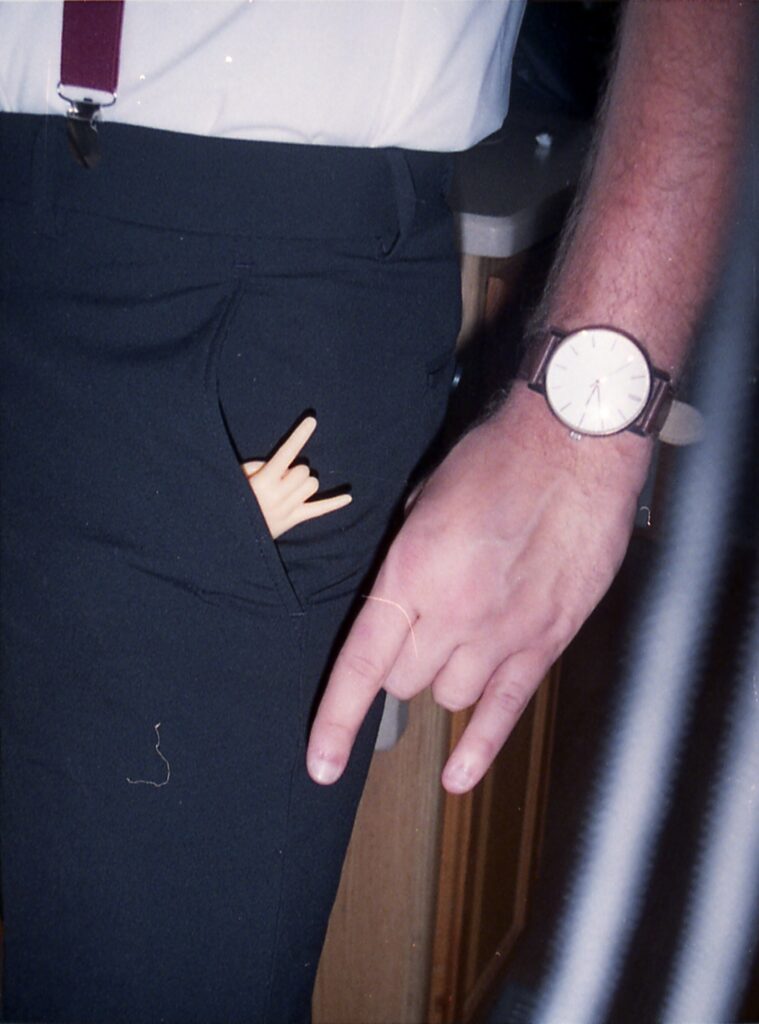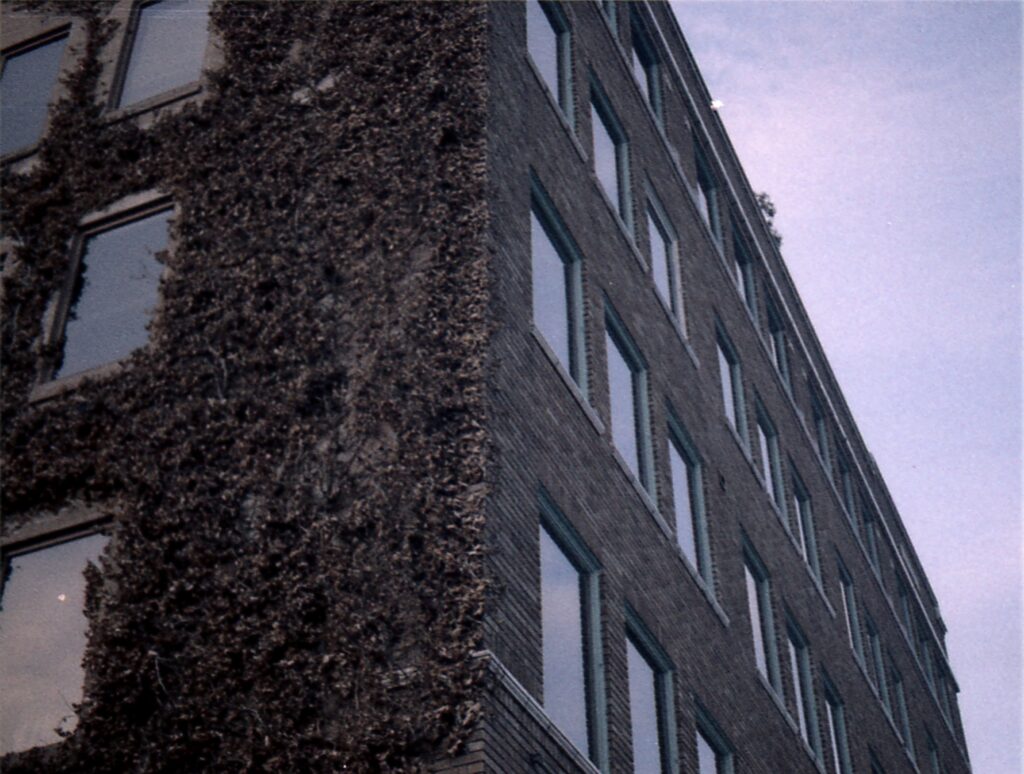What is 110 Film?
Film photography, in most people’s minds, refers to 35mm film. This isn’t all bad since that is the most commonly used format, and it was the most well-known to consumers prior to the initial “death” of film (Film will never die!). Upon its recent resurrection by the public and artists, those who dive into film and start to take it seriously will quicky find that there are heaps of formats out there aside from just 35mm.

One of the glorious formats out there is 110 film! This kind of film lives in the subminiature realm of film. This is nice for documentation and personal use, but is easily shaken off and tossed aside due to the lower quality. And for those that don’t like it, I get it. The negatives are smaller, the quality is lower, dust specs are bigger, and it feels like this is the breeding ground for scratches! I had no idea properly stored film could so easily get this messed up! But let me put those great reasons on the shelf and tell you why I love shooting 110 almost more than any other format.

Why I Love to Shoot 110 Film
Let me take a second and emphasize the “almost.” I truly adore my 35mm and 120 cameras, and don’t think I could ever part with them if I had to choose a format to give up entirely. Now! Why do I love this seemingly crummy format so much? It is far easier to take everywhere you go than any other film format!
In the summer of 2019, I decided to take a camera with me everywhere I went. So as the pocket check went whenever I was leaving my house: phone, yup; wallet, check; keys, yessir; camera, absofruitly! You never know when you might run into a scene you want to snap a photo of. From time to time, I’ll carry a point and shoot 35mm camera just to save on a few bucks when developing and printing comes around to shake my wallet empty.

The photos are not great quality, we’ve acknowledged this a few times now, but oh man is it fun to shoot. This is one of the only cameras I have that does not have an internal light meter AND I never use an external light meter, and my photos almost always turn out great, if not perfect, so long as they are in focus.
Many times this is because of the user-friendly photos to help with metering. Distances are shown by the macro symbol, a person close up, a person far away, or a mountain, among other visual representations. This is primarily for kids and casual camera users back in the day. It can be tricky, and I’ve found it frustrating, since I’d rather have numbers to work with.
All in all, these are not bad ways to go. Once you’ve shot a roll or two, you’ll have it just about mastered and from there you can start to get creative with your photos according to what works with the camera.

Common Questions About 110 Film
There is a surprisingly large amount to learn about such a small film format, and for that reason, we are here to answer questions you may have. Here are some things that people often wonder:
Where Can You Even Get 110 Cameras?
This one is a pretty easy answer! Anywhere you would go for online selling or trading typically has some 110 cameras. Personally, I use Craigslist, OfferUp, and Facebook Marketplace. These are awesome places to find these smaller, less popular cameras. eBay is another great option. The less guaranteed option is a thrift store, where I ended up getting my first 110 camera for only one dollar, but I hardly ever see more subminiature cameras at thrift stores. Some recent luck I have had has been at antique malls. Even that is hit or miss though.
Do Labs Still Develop 110 Film?
While it is less popular, the answer is yes. Many labs will take in your 110 film for developing and even recovery, though it isn’t as cheap as it used to be. What was once a bottom-of-the-line, consumer photography method is now reserved for hobbyists who don’t mind spending a few extra dollars on their negatives, processes, scans, and prints. On average, a roll of 110 film going to the lab to be processed and printed is roughly 30% more expensive than a roll of 35mm film.

Do Any Companies Still Make 110 Film?
There are a few different rolls in production for this mini format film, but all are under the Lomography name. They have options like Color 200, Black & White 100, and a handful of experimental films like Metropolis, Lomochrome Purple, Redscale, and others.
Film Photography Project has the last of a lot of film, both color and black & white, called Fukkatsu. Options for this film are simple: Color 400, or Black & White 100.
Some eBay lots will have expired Kodak 110 film, and these will work out to some degree, but in my experience, the film needs a lot of love to yield any kind of desirable results.
Tips When Shooting and Developing 110 Film
The lab that I used for developing and printing labeled my expired eBay lot film as “recovery” film, and charged a couple dollars extra. Later on, I bought a scanner for home use and tried to scan some of the “recovery” labeled film and discovered just why it was called that. I could not get any results from my scans. Everything was blank.
So, if you ever plan on buying expired 110 film anywhere, do yourself a favor and order prints when you send your film in to be developed. Even if you only scan your prints, at least you have a digital copy of something.
Be ready to have film that gets scratched easily if not stored properly. It is important to transfer your 110 film into more appropriate archival sleeves when you get them back because the sleeves, they get sent to you in typically allow lots of room for movement. Any scratches that show up on this film will definitely show up on your scans and prints since the negatives are so much smaller.

Final Remarks
Truly, there are few user-friendly and cheap film formats out there that compare to the experience of shooting this sub-miniature film. Even if you aren’t set up to shoot it, getting a roll and a camera can come as cheap as under ten dollars.
There is something to be said about shooting multiple film formats and jumping into 110 is hardly different than shooting a basic 35mm camera, or so it seems. For that reason, I am a very big advocate for choosing 110 film as an additional film format.



Leave a Reply